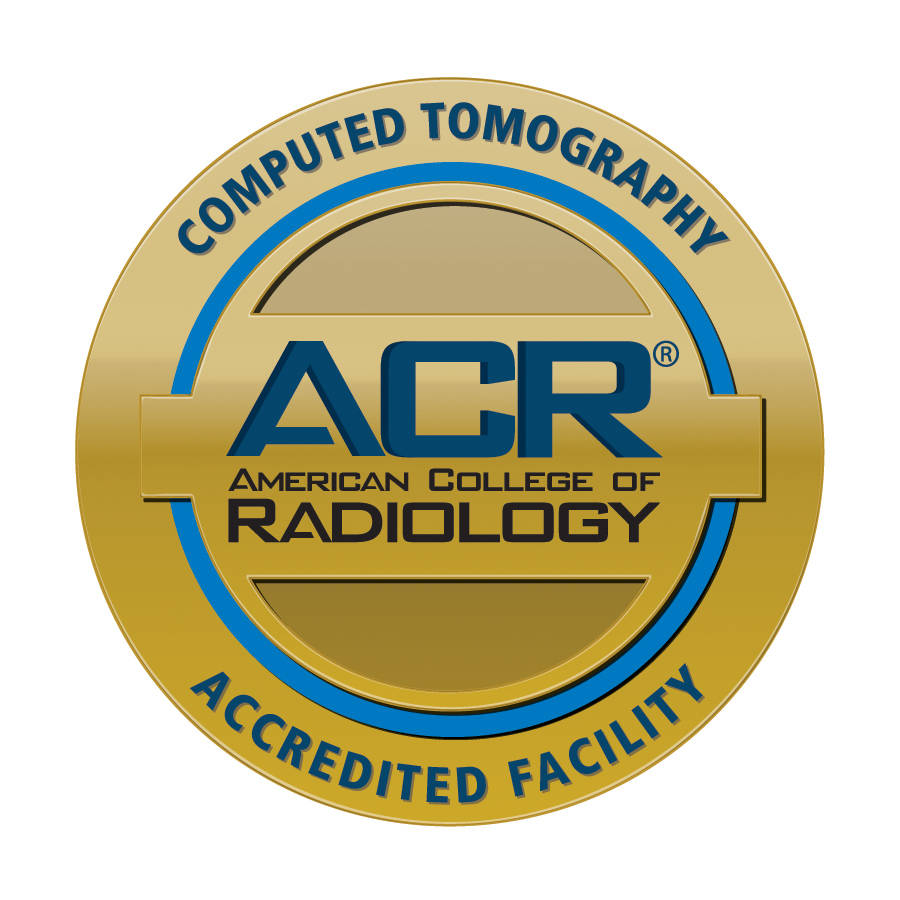In the realm of medical diagnostics, ultrasound imaging stands as a cornerstone technology, providing invaluable insights into the human body without the need for invasive procedures. From monitoring fetal development to diagnosing internal injuries, ultrasound has continually evolved, unlocking new potentials and revolutionizing medical practices. Today, we delve into the latest advancements in ultrasound imaging, exploring how technology is reshaping healthcare and improving patient outcomes.
Traditionally, ultrasound imaging has been synonymous with obstetrics, offering expecting parents the first glimpse of their unborn child. However, its utility extends far beyond pregnancy monitoring. With advancements in transducer technology, image processing algorithms, and data visualization techniques, modern ultrasound systems can capture detailed images of various anatomical structures with unprecedented clarity and precision.
One of the most significant breakthroughs in ultrasound imaging is the development of 3D and 4D ultrasound. Unlike traditional 2D scans, these techniques provide volumetric images, offering clinicians a comprehensive view of the target area. This spatial awareness enhances diagnostic accuracy, particularly in complex cases such as fetal abnormalities or cardiac anomalies. Moreover, real-time 4D imaging allows for dynamic visualization, enabling clinicians to observe moving structures like the beating heart or fetal movements, aiding in early detection and intervention.
Another area of advancement lies in contrast-enhanced ultrasound (CEUS), which involves the administration of microbubble contrast agents to improve image quality. These microbubbles resonate in response to ultrasound waves, enhancing the reflection and allowing for better delineation of blood flow patterns and tissue perfusion. CEUS has emerged as a valuable tool in assessing vascular conditions, detecting liver lesions, and guiding interventional procedures, offering a safer alternative to contrast-enhanced computed tomography (CT) or magnetic resonance imaging (MRI).
Furthermore, the integration of artificial intelligence (AI) algorithms has propelled ultrasound imaging to new heights of efficiency and accuracy. Machine learning algorithms trained on vast datasets can analyze ultrasound images in real-time, assisting clinicians in image interpretation, lesion detection, and quantitative analysis. AI-driven automation streamlines workflow, reduces human error, and optimizes resource utilization, ultimately leading to faster diagnoses and improved patient outcomes.
Advancements in transducer technology have also expanded the clinical applications of ultrasound imaging. High-frequency transducers can now penetrate deeper into tissues while maintaining excellent resolution, enabling the visualization of small structures and subtle abnormalities. Additionally, the miniaturization of ultrasound probes has facilitated point-of-care imaging, allowing clinicians to perform bedside ultrasound examinations in diverse clinical settings, from emergency departments to rural healthcare facilities.
Beyond diagnostic imaging, therapeutic ultrasound has emerged as a promising modality for targeted drug delivery, tissue ablation, and non-invasive surgery. High-intensity focused ultrasound (HIFU) utilizes focused ultrasound waves to generate localized heat, effectively destroying diseased tissue while minimizing damage to surrounding structures. HIFU has been successfully employed in the treatment of uterine fibroids, prostate cancer, and essential tremor, offering patients a non-invasive alternative to traditional surgery.
Looking ahead, the future of ultrasound imaging holds even greater promise. Emerging technologies such as photoacoustic imaging, elastography, and molecular imaging are poised to further enhance the capabilities of ultrasound systems, allowing for deeper tissue penetration, quantitative tissue characterization, and molecular-level diagnostics. Moreover, advancements in portable and wearable ultrasound devices are democratizing access to medical imaging, empowering healthcare providers in resource-limited settings and enabling remote monitoring of patients in the comfort of their homes.
In conclusion, the landscape of ultrasound imaging is undergoing a profound transformation, driven by technological innovation and interdisciplinary collaboration. From improved image quality and diagnostic accuracy to novel therapeutic applications, the advancements in ultrasound imaging are revolutionizing healthcare delivery and transforming patient care. As we continue to unlock the full potential of this versatile modality, the future of medical imaging appears brighter than ever before.
Connect with us to learn more about how the AV Imaging team can help!

